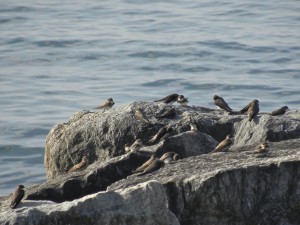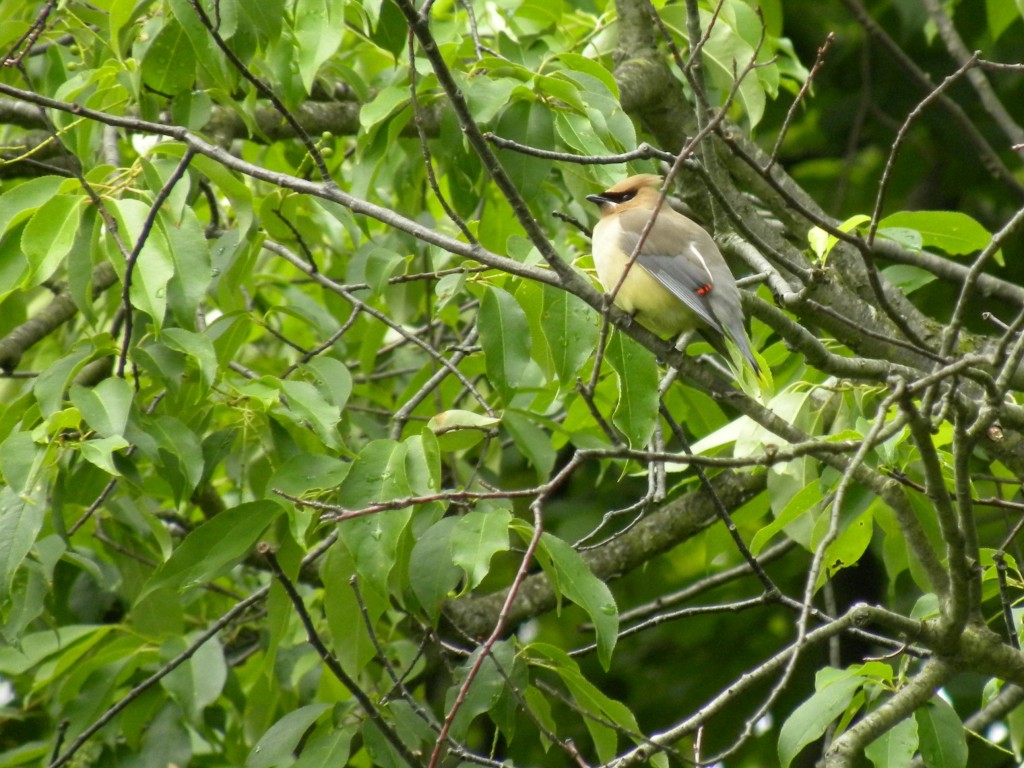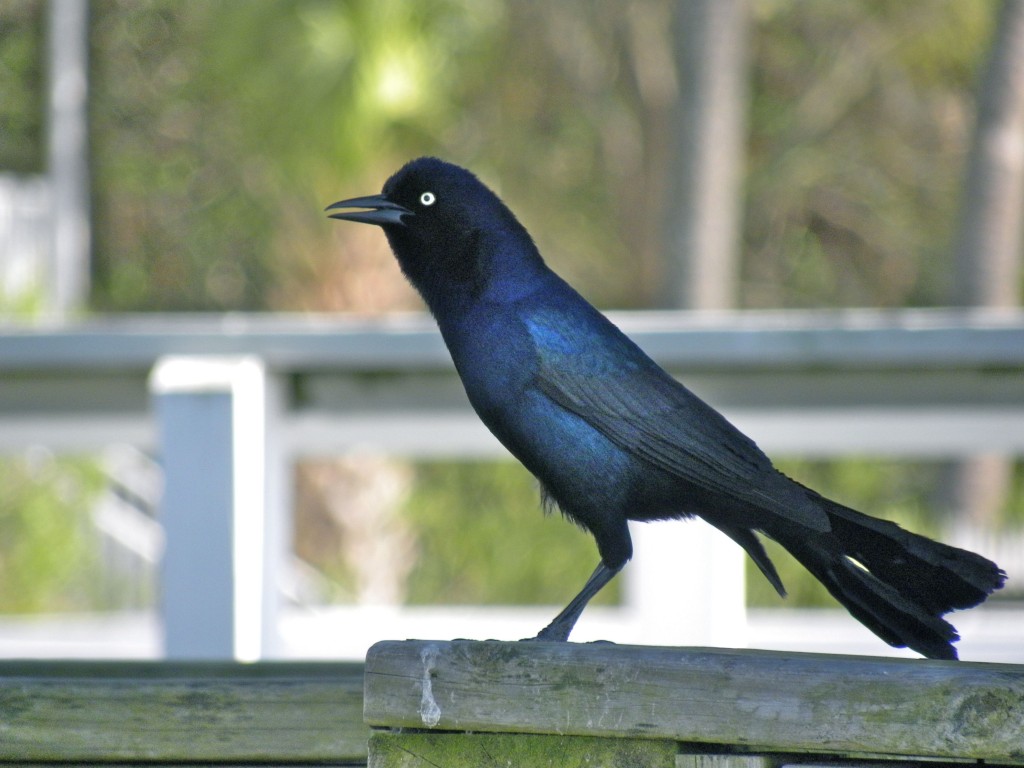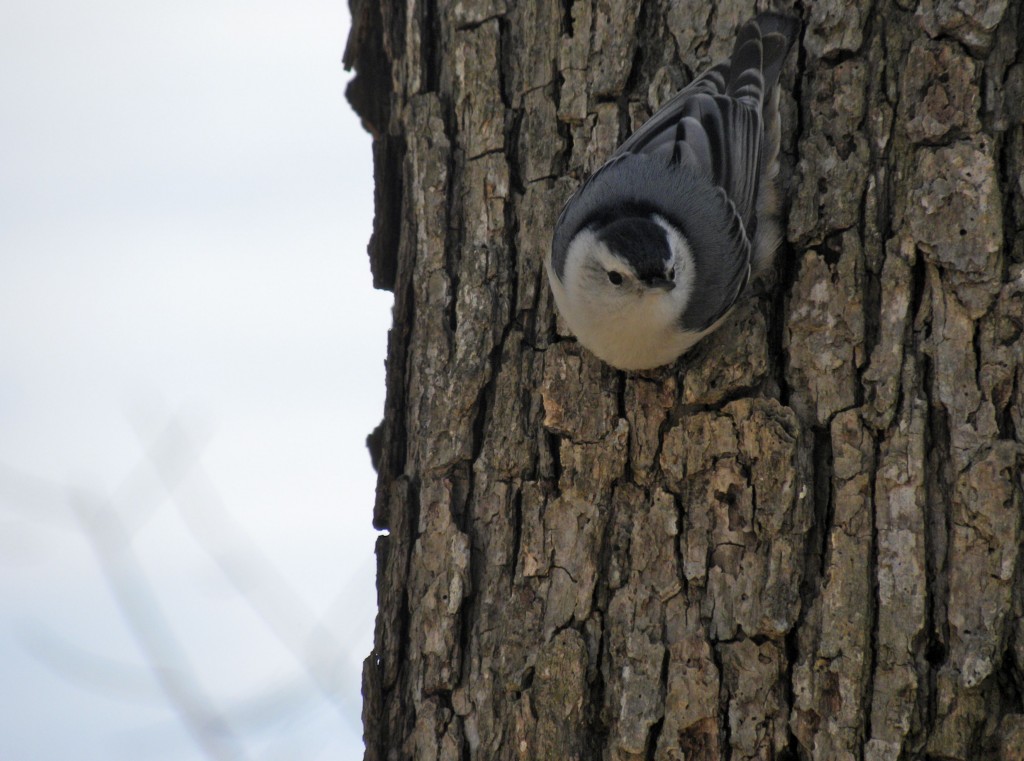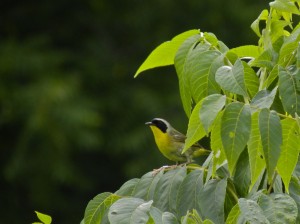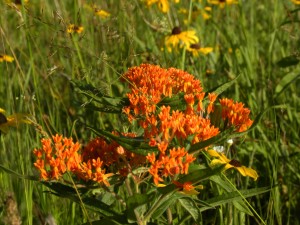July 6, 2012. With the promise of a scorching hot day I decided to get out early and check a few promising birding hotspots. My first stop was a storm-water pond; a man-made lake that collects, holds and ultimately slowly releases the sudden run-off from rainstorms and snowmelt. Some of these ponds have become quite interesting gathering spots for waterfowl and shorebirds and a secure nesting site for ducks.
At this first stop a female Mallard was shepherding a flotilla of 8 tiny and newly hatched ducklings across the open water. She was one of twenty or so Mallards but appeared to be the only one working. Two nervously bobbing Lesser Yellowlegs stood watching the Mallards, several anxious sounding Spotted Sandpipers and a handful of Black-crowned Night Herons stalking the weedy edges.
Later I stopped at a cliff-lined stretch of Lake Ontario where some near-shore protection work has created a tranquil embayment. In May a pair of Red-necked Grebes settled here and took advantage of a thoughtfully placed and anchored tire to build their nest, and I’ve watched them on and off through courtship and incubation.
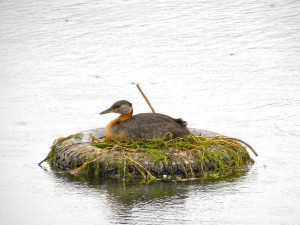
Today I was pleased to see them with two young; this family group was without question Bird of the Day. The grayish downy-bodied chicks float wide and flat like a barge and have intriguingly marked heads with broad longitudinal zebra stripes. I think it was the female who I watched actively diving, coming up with small fish and feeding them gently to her enthusiastic young. The male meanwhile floated rather passively, probably saving his energy for some imagined chore later in the day; cutting the lawn or something like that.
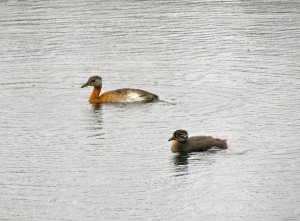
These Red-necked Grebes are part of a very localized Lake Ontario breeding population, a group that is strikingly disjunct from the more widespread distribution that extends from the westerly limit of Lake Superior across the prairies to the Pacific coast.
The sheltered bay was also buzzing with hundreds of chittering Bank Swallows, some still attending nests dug into the sandy cliff face, but most just seemed to be milling around, feeding, socializing and using this summer day as fatten-up time. Groups gathered on large rocks chirping and twittering, and then as if someone yelled Fire!, they all took off in a frenzy, swept around the bay only to regroup again and noisily share the excitement of the moment.
